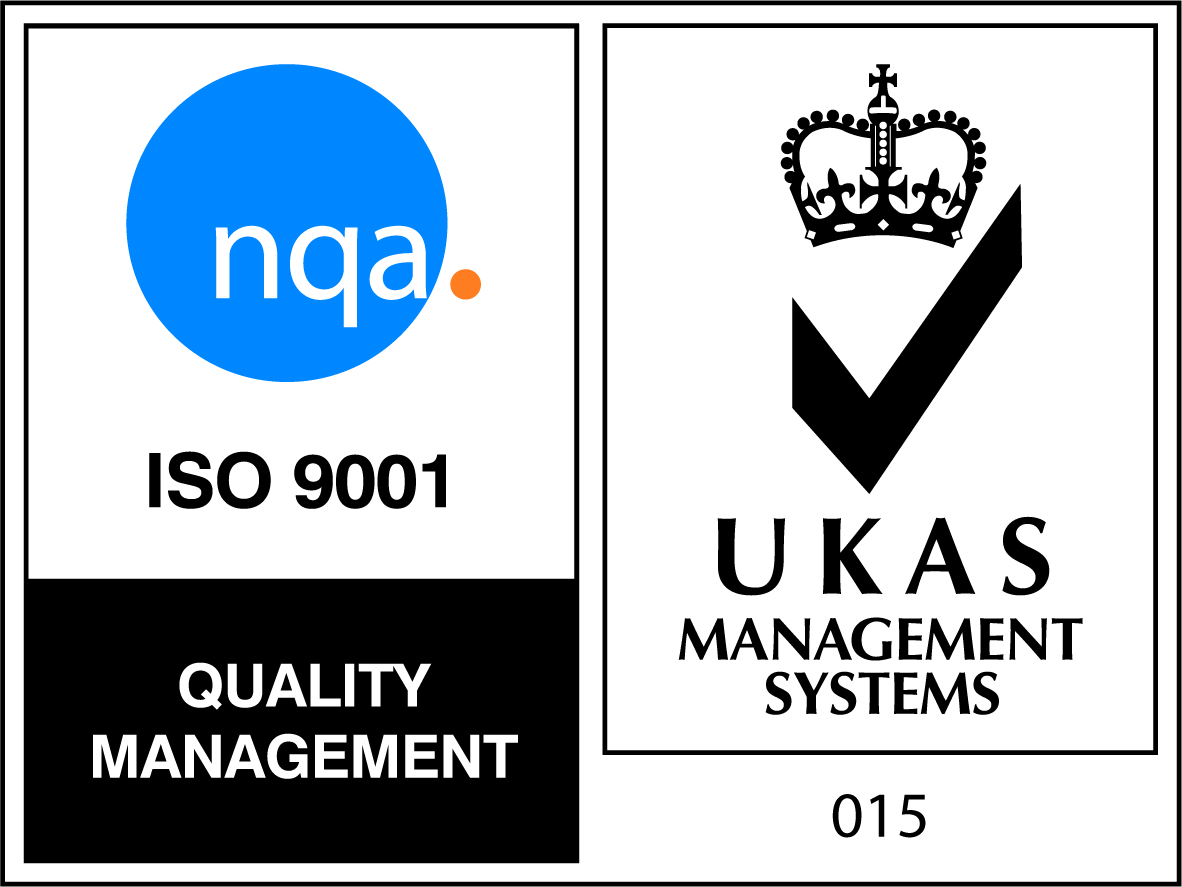The role of a customer service practitioner is to deliver high quality products and services to the customers of their organisation. Your core responsibility will be to provide a high quality service to customers which will be delivered from the workplace, digitally, or through going out into the customer’s own locality. These may be one-off or routine contacts and include dealing with orders, payments, offering advice, guidance and support, meet-and-greet, sales, fixing problems, after care, service recovery or gaining insight through measuring customer satisfaction.
You may be the first point of contact and work in any sector or organisation type. Your actions will influence the customer experience and their satisfaction with your organisation. You will demonstrate excellent customer service skills and behaviours as well as product and/or service knowledge when delivering to your customers. You provide service in line with the organisation’s customer service standards and strategy and within appropriate regulatory requirements. Your customer interactions may cover a wide range of situations and can include; face-to-face, telephone, post, email, text and social media.
All learners will complete off the job training for this standard through a variety of different methods. Dependent upon prior qualifications learners may also need to complete Functional Skills in English and Maths at Level 1 and have taken the test for Level 2 prior to completion of their apprenticeship. For the off the job training element, it is compulsory that undertake the training to achieve knowledge, understanding and competence in the following subjects:
Knowing your customers
Understand who customers are.
Understand the difference between internal and external customers.
Understand the different needs and priorities of your customers and the best way to manage their expectations, recognising and knowing how to adapt style to be highly effective.
Understanding the organisation
Know the purpose of the business and what ‘brand promise’ means.
Know your organisation’s core values and how they link to the service culture.
Know the internal policies and procedures, including any complaints processes and digital media policies that are relevant to you and your organisation.
Meeting regulations and legislation
Know the appropriate legislation and regulatory requirements that affect your business.
Know your responsibility in relation to this and how to apply it when delivering service.
Systems and resources
Know how to use systems, equipment and technology to meet the needs of your customers.
Understand types of measurement and evaluation tools available to monitor customer service levels.
Your role and responsibility
Understand your role and responsibility within your organisation and the impact of your actions on others.
Know the targets and goals you need to deliver against.
Customer experience
Understand how establishing the facts enable you to create a customer focused experience and appropriate response.
Understand how to build trust with a customer and why this is important.
Product and service knowledge
Understand the products or services that are available from your organisation and keep up-to-date.
Interpersonal skills
Communication
Influencing skills
Personal organisation
Dealing with customer conflict and challenge
Developing self
Take ownership for keeping your service knowledge and skills up-to-date.
Consider personal goals and propose development that would help achieve them.
Being open to feedback
Act on and seek feedback from others to develop or maintain personal service skills and knowledge.
Team working
Frequently and consistently communicate and work with others in the interest of helping customers efficiently.
Share personal learning and case studies with others, presenting recommendations, and improvement to support good practice.
Equality – treating all customers as individuals
Treat customers as individuals to provide a personalised customer service experience.
Uphold the organisation’s core values and service culture through your actions.
Presentation – dress code, professional language
Demonstrate personal pride in the job through appropriate dress and positive and confident language.
“Right first time”
Use communication behaviours that establish clearly what each customer requires and manage their expectations.
Take ownership from the first contact and then take responsibility for fulfilling your promise.

